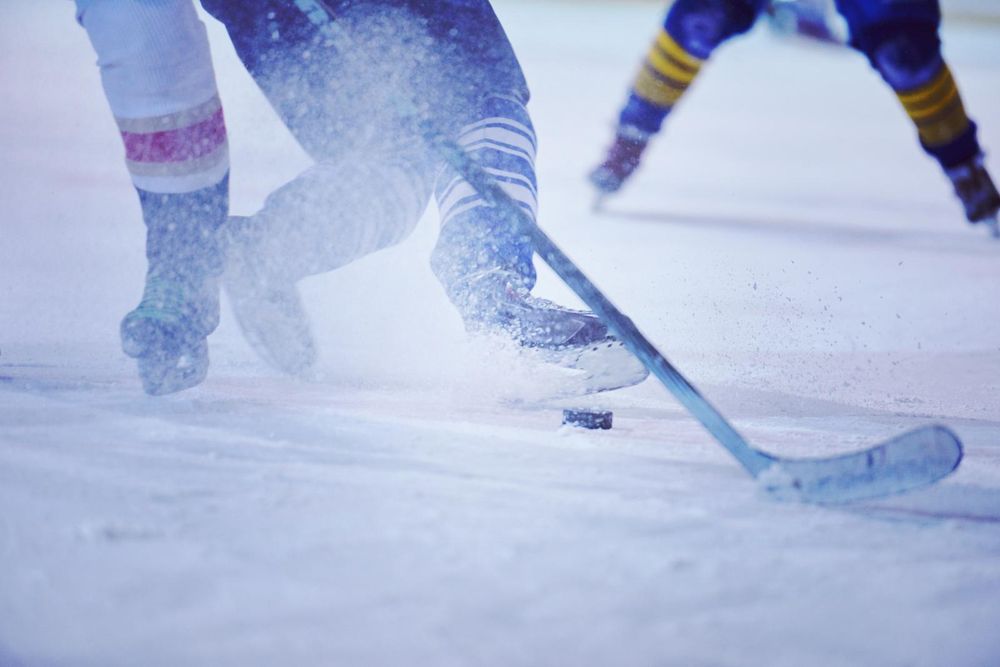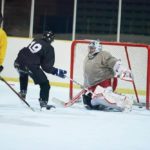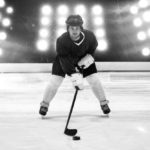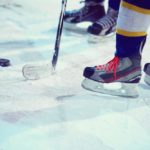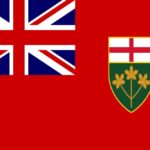In the fast-paced world of professional ice hockey, the handling of sticks and the consequences of dropped sticks are subjects of utmost importance. This article delves into the reasons behind the strict rules surrounding stick usage in the NHL.
We explore the legality of using broken sticks, the causes of stick drops, and the limitations imposed on players regarding stick handling. We also examine advancements in stick technology, player frustrations, and the delicate balance between stick performance and durability.
Additionally, we shed light on the rules and regulations governing stick usage during gameplay, including the prohibition of carrying two sticks simultaneously and interfering with play using a stick.
By understanding the complexities surrounding stick usage in hockey, readers will gain a deeper appreciation for the strategies and challenges faced by NHL players on the ice.
Stick Grip and Infractions
There are several key factors to consider regarding stick grip and infractions in the NHL.
Stick grip techniques play a crucial role in a player’s ability to maintain control of their stick during a game. NHL players are taught to have a firm grip on their stick to prevent it from being dropped or knocked loose.
On the other hand, using or holding a broken stick can lead to consequences. In most official leagues, it is illegal to use a broken stick, and doing so results in a 2-minute minor penalty for an equipment violation. This penalty not only puts the player’s team at a disadvantage but also emphasizes the importance of using a stick that is in proper working condition.
Understanding stick grip techniques and the consequences of using a broken stick is essential for players to avoid infractions and maintain optimal performance on the ice.
Reasons for Dropped Sticks
Numerous factors contribute to the occurrence of dropped sticks during NHL games, including hard slashes, unexpected puck impacts, and collisions. These incidents can cause a player’s grip on the stick to weaken or even be completely lost, resulting in the stick being dropped on the ice.
Stick grip is crucial for player performance, as it allows for better control and maneuverability of the puck. To prevent stick drops during gameplay, players employ various strategies such as using grip-enhancing materials on their sticks, regularly checking and adjusting their grip, and practicing stickhandling techniques.
Additionally, players may opt to quickly retrieve a dropped stick if it is not broken, or alternatively, get a new stick from the bench to avoid leaving their team vulnerable. Understanding the reasons for dropped sticks and implementing effective strategies can significantly improve a player’s overall performance on the ice.
| Factors Leading to Dropped Sticks |
|---|
| Hard slashes |
| Unexpected puck impacts |
| Collisions |
| Weak grip |
| Lack of stick maintenance |
Broken Sticks
When sticks in the NHL games break, players are faced with the challenge of continuing the game without them. Stick durability is often sacrificed for performance in youth and professional hockey, which leads to sticks snapping during shots due to the force and flexing. Blocked shots, face-offs, and slashes can also cause sticks to break. Sticks may appear solid but are not playable if broken.
Additionally, players sometimes intentionally break their sticks out of frustration. This intentional breakage may occur when a player is dissatisfied with their performance or to release built-up tension during a game.
Understanding the factors that contribute to broken sticks, such as stick durability and intentional breakage, is crucial in comprehending the dynamic nature of the game and the challenges faced by NHL players.
Rules and Limitations
The rules and limitations surrounding dropped sticks in NHL games are important to understand in order to maintain fair play and ensure player safety. Rules enforcement is crucial to ensure that the game is played within the boundaries set by the league.
When a player’s stick is dropped during play, there are specific guidelines that dictate how it can be retrieved. Players are allowed to pick up sticks that are not broken or damaged, but they cannot use the stick to stop a scoring chance or prevent an opposing player from retrieving their stick. Additionally, moving a broken or dropped stick into a position that affects the play is illegal.
These rules aim to prevent any unfair advantages or hindrances and promote a level playing field for all players. Stick retrieval is an essential aspect of the game, and understanding the rules and limitations surrounding it contributes to fair and safe gameplay.
Recap and Additional Information
To summarize the rules and limitations surrounding dropped sticks in NHL games, it is crucial for players to understand the guidelines and restrictions to ensure fair and safe gameplay. Here is a recap of the important information:
- Stick grip importance:
- Players are taught to have a firm grip on their sticks to prevent them from being dropped during a game.
- Stick grip is crucial in maintaining control and accuracy while handling the puck.
- A loose grip can lead to dropped sticks, which can disrupt the flow of the game and potentially result in penalties.
- Stick durability trade-offs:
- Stick technology has evolved to provide better performance, but this often comes at the cost of durability.
- Sticks can break during shots, blocked shots, face-offs, and slashes.
- Players may intentionally break their sticks out of frustration, rendering them unusable.
Understanding the importance of stick grip and the trade-offs in stick durability can help players make informed decisions on the ice and contribute to a smoother and more enjoyable hockey experience for all.
Frequently Asked Questions
Can NHL Players Pick up a Stick That Is Broken but Still Intact?
NHL players are not allowed to use broken sticks during play. If a stick breaks but remains intact, players can retrieve it, but it cannot be used. Stick durability and adherence to rules are crucial in professional hockey.
Are There Any Penalties for Intentionally Breaking a Stick?
Intentionally breaking a stick in the NHL carries consequences. It results in a 2-minute minor penalty for an equipment violation. Stick breakage can impact gameplay and player performance, affecting grip, shot accuracy, and defensive capabilities.
How Often Do Sticks Break During an NHL Game?
Sticks break in NHL games due to the force and flexing during shots, blocked shots, face-offs, and slashes. While stick technology has improved, durability is often sacrificed for performance. The frequency of stick breaks varies, but it is a common occurrence in fast-paced, physical games.
Are Players Allowed to Pick up Their Opponent’s Stick if It Is Dropped?
No, players are not allowed to pick up their opponent’s stick if it is dropped. This would be considered intentional stick interference and is against the rules. Stick replacement protocol should be followed instead.
What Are Some Strategies Players Use to Prevent Their Stick From Being Dropped During a Game?
In order to prevent their stick from being dropped during a game, NHL players employ various strategies such as maintaining a firm grip, using high-quality sticks, and regularly checking for any signs of wear or damage. These proactive measures ensure optimal stick performance and minimize the risk of dropped sticks.
Conclusion
In conclusion, the strict rules surrounding stick handling in the NHL are rooted in the importance of stick grip and the consequences of dropped sticks. Stick technology advancements have led to a delicate balance between performance and durability, while player frustrations arise from the limitations imposed on stick usage.
Understanding the complexities and intricacies of stick usage in hockey allows for a deeper appreciation of the strategies and challenges faced by NHL players on the ice.

